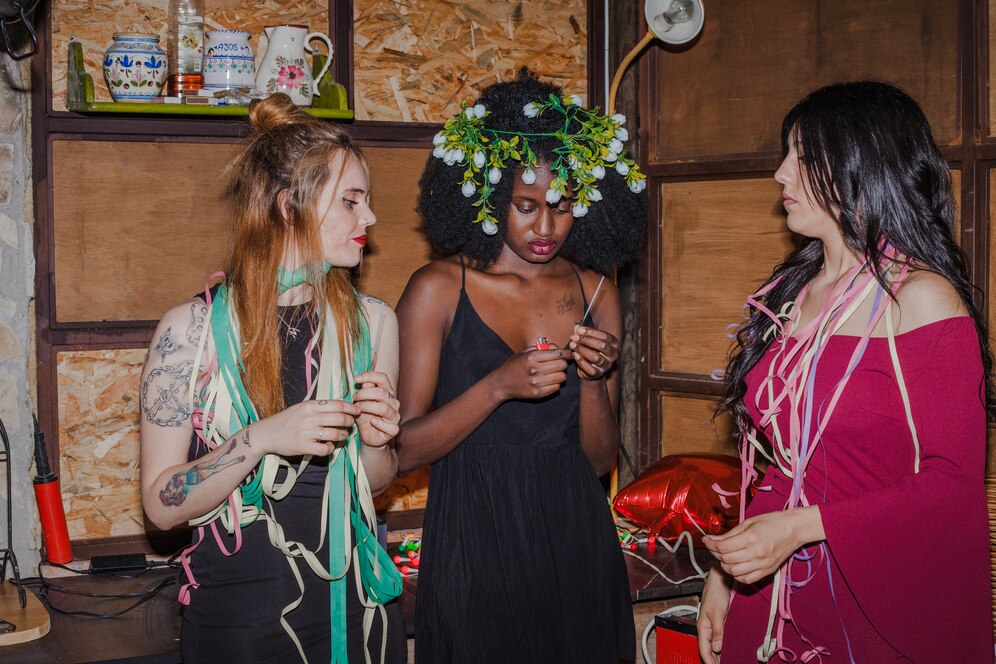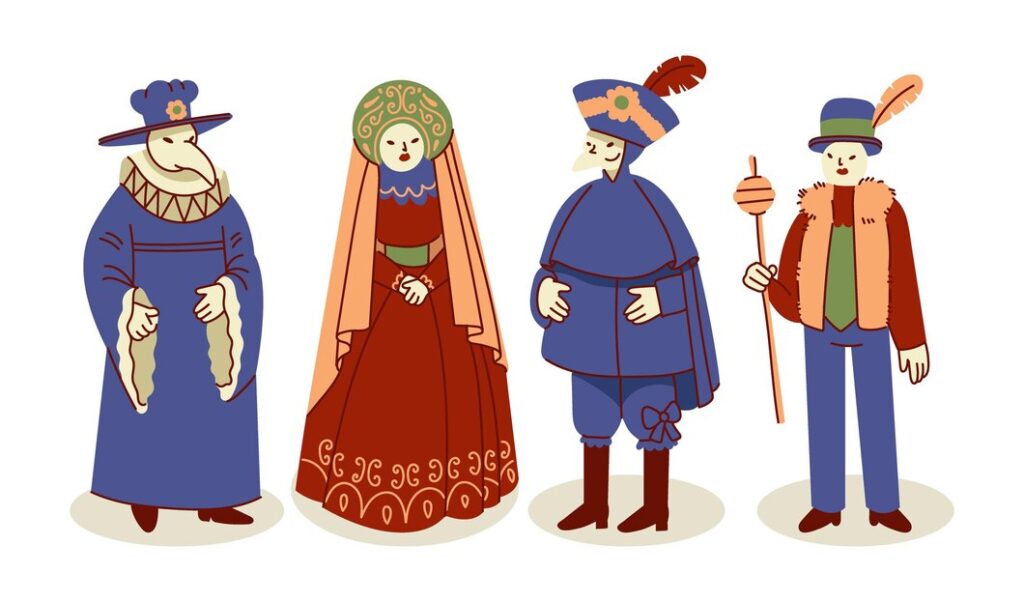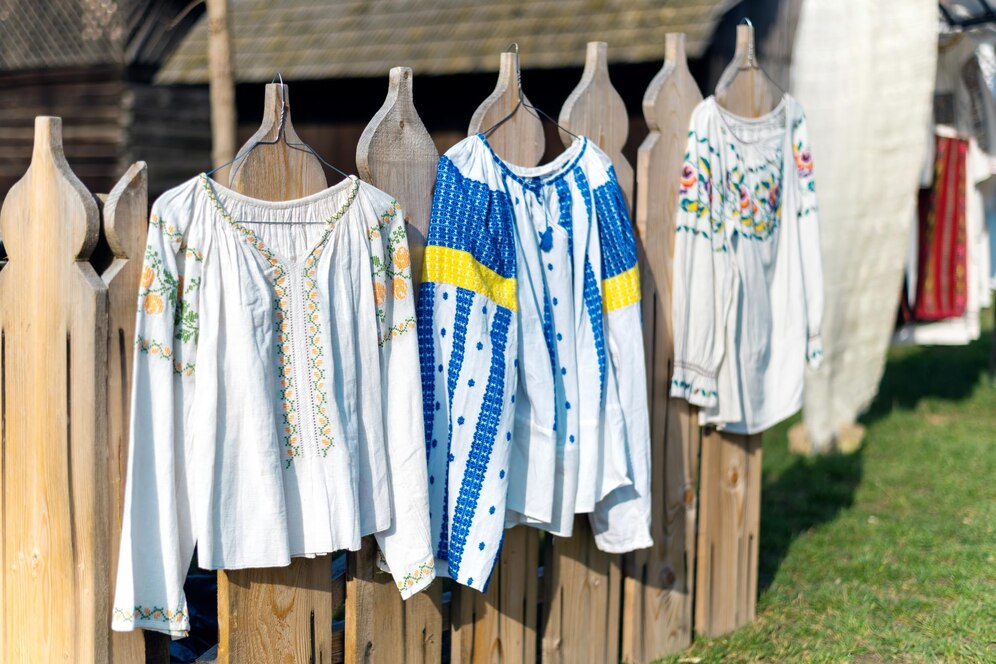You may have heard about UNESCO intangible cultural heritage. This phrase describes traditions, performing arts, and practices that are passed along through storytelling or ritual. According to Dr. Jenna Morris an anthropologist with 15 years of experience these legacies form a living blueprint for communities. Items like folk songs, ceremonial dances, or regional cuisines count as intangible cultural heritage. They often pop up during native heritage months, when communities come together to revive practices that have shaped their collective identity.
To celebrate effectively, you can attend local festivals or join workshops that spotlight cultural heritage examples. Dancing to a folk tune or preparing a traditional dish helps you connect with these shared customs more personally. It can be beneficial to involve family and friends, since group participation keeps those practices alive. Dr. Morris underscores the point: “Engaging with living traditions reminds us that a shared cultural heritage originating from a common ancestry, a nation, or a cultural tradition is a link across time. It is a bridge that connects past generations to present communities”.
What could go wrong when examining intangible heritage? Sometimes communities overlook lesser-known customs. If that happens, rarer practices might disappear or fade. The fix often involves supporting local cultural boards or volunteer groups that hold storytelling events and document oral history. These small steps maintain intangible traditions so they can flourish in future gatherings.

Immersing in Distinction and Premium Cultural Heritage Experiences for Discerning Travelers
Have you ever wished to see remarkable historic sites firsthand? Immersing in distinction and premium cultural heritage experiences for discerning travelers can offer valuable lessons. A visit to places such as the Southern Cultural Heritage Center or the South Dakota Cultural Heritage Center reveals a wide range of artistic traditions and remnants from past societies.
Listed below are ways to make your visits enriching:
- Research local exhibits: Scan local calendars for temporary showcases featuring artifacts or performances that demonstrate living traditions.
- Join guided tours: Expert historians often share behind-the-scenes details that give depth to every display.
- Interact with staff: Ask questions about how certain objects link to intangible practices. This approach can bring history to life, rather than hiding it behind glass.
According to Vanessa Wright, a heritage tourism consultant, interacting with these landmarks supports native heritage preservation. She explains, “When you invest in guided tours and local events, you help fund the maintenance of these important places”. Through this method, you also support community leads who promote awareness on how to manage and honor heritage.
If a traveler rushes through these sites, they might miss meaningful conversations with local experts or skip interactive workshops. It is safer to allocate extra time for each destination and ask about discounted passes or combined tours. This structured plan keeps your schedule flexible enough for personal discoveries, while still giving you space to explore each exhibit thoroughly.
Grasping the Importance of Cultural Heritage in Farming
You might be curious about what is the importance of cultural heritage in farming? Farmers often practice methods that stretch back many generations. Crops planted in traditional ways, livestock breeding based on ancestral knowledge, and communal harvest rituals all evoke a sense of unity with times gone by. According to Bernard Lopez, a rural development advisor, these methods are not just nostalgic. They also guide modern agriculture by promoting biodiversity and resourcefulness.
As an example, the Pennsylvania German Cultural Heritage Center highlights how older farming wisdom ties into local identity. Visitors can see how seeds have been selected for centuries, offering a glimpse into agricultural resilience. You could apply these insights in smaller home gardens. Embracing ancient planting practices might restore heirloom species, enrich the soil, and reduce dependency on synthetic chemicals.
Things can become complicated when large-scale agriculture replaces time-honored techniques. Soil quality may decline, and specialized knowledge can vanish. One solution involves modest steps, such as connecting with local farm cooperatives. Joining workshops on seed saving or water management also helps you preserve these farming customs. Small collective actions keep the tradition vital and the farms thriving.
How Cultural Heritage Management?
Safeguarding our past begins with wise cultural heritage management. Institutions like Johns Hopkins Cultural Heritage Management provide structured programs that teach administrators, museum coordinators, and researchers how to store artifacts properly, maintain archives, and foster dialogue between communities and academic groups. Dr. Sylvia Tran, who graduated from that program, mentions that “these tools keep intangible traditions from vanishing”.

The African American Cultural Heritage Action Fund stands out as a dynamic effort protecting sites significant to Black history. By allocating resources and organizing public seminars, they ignite interest in lesser-documented narratives. People who attend these sessions can discover new perspectives, connect with stories that seldom appear in mainstream discussions, and partner with local advocates who work tirelessly to protect these legacies.
You might wonder why counselors, career guides, or other advisors should become aware of their own stories. Actually, counselors need to understand their own cultural heritage in order to:
- Avoid biases that might filter their client relationships.
- Offer genuine empathy and respect for diverse beliefs.
- Integrate shared traditions into supportive strategies, making them more human-centered.
For people fascinated by group identities, the question “Which of the following concepts refers to a shared cultural heritage?” often arises. Scholars answer: “A shared native heritage originating from a common ancestry, a nation, or a cultural tradition”. The Citizen Potawatomi Nation Cultural Heritage Center serves as a powerful illustration. Tribal members document their language, ceremonies, and heritage stories, ensuring they remain accessible for future generations.
If an individual neglects their own story, they might project unintentional assumptions onto others. This complication can erode trust and undermine well-being. To fix this, Dr. Tran suggests routine introspection, training sessions on cross-cultural communication, or involvement with local heritage clubs like the Japanese Cultural Heritage Club which fosters respect for multiple traditions. These strategies promote insight by pairing personal reflection with communal interaction.
Bonus Tips for Shared Heritage Preservation
You might be interested in additional tips for maintaining “a shared cultural heritage originating from a common ancestry, a nation, or a cultural tradition”. Here are a few ideas:
- Record family stories: Interview elders and save their oral histories for future reference.
- Collaborate with local centers: Places like the Citizen Potawatomi Nation Cultural Heritage Center or the Pennsylvania German Cultural Heritage Center often host classes that revitalize ancestral crafts.
- Curate personal archives: Collect old letters, photographs, and diaries. Protect them from moisture or sunlight, and write brief notes to explain their origin.
- Support authenticity: Share knowledge responsibly to avoid distorting any group’s practices. This keeps traditions grounded in their true roots.

Why These Actions Matter
Taking these actions preserves universal knowledge, saves intangible treasures from disappearing, and motivates new generations to cherish the past. By studying native heritage sites and archiving intangible elements, communities gain renewed strength. For someone who craves deeper insights, the field of cultural heritage management offered by institutions like Johns Hopkins Cultural Heritage Management provides formal training that saves traditions from slipping away. Engaging with organizations such as the African American Cultural Heritage Action Fund ensures that underrepresented histories take their rightful place in mainstream narratives.
Common Mistakes and Quick Fixes
Sometimes, societies focus heavily on popular traditions and neglect lesser-known stories. A quick fix is simple: partner with smaller heritage groups to promote variety. Another error involves storing physical and digital artifacts improperly, which might lead to permanent damage or data loss. This can be solved by reviewing best practices for museum-quality preservation and by consulting with professionals.
Overlooking intangible factors is a pitfall. Oral histories, crafts, and local celebrations may fade if nobody documents them. A workable remedy involves consistent interviews with tradition-bearers, plus the creation of short videos or photographs to keep a record of events. This method fosters an ongoing connection for the next generation.
A Quick Summary and Invitation to Act
We have addressed “What are Cultural Heritage?!” in four parts UNESCO’s intangible definitions, high-end travel locations, critical points for farming, and active steps for heritage management. You learned that intangible practices, like storytelling or ceremonies, define shared identities. Read about fascinating places such as the South Dakota Cultural Heritage Center and the Southern Cultural Heritage Center. You discovered cultural heritage preservation approaches, from historically important farming methods to archiving local artifacts.
This discussion reinforces that our stories deserve to be noticed. To keep them strong, consider supporting institutions like the Johns Hopkins Cultural Heritage Management program or the African American Cultural Heritage Action Fund. Visit sites, volunteer, and document your own family narratives. You will protect priceless knowledge and pass it forward. Whenever you feel ready, reach out to these centers or local historical groups, and let your personal background shine as an important piece of our global puzzle.
